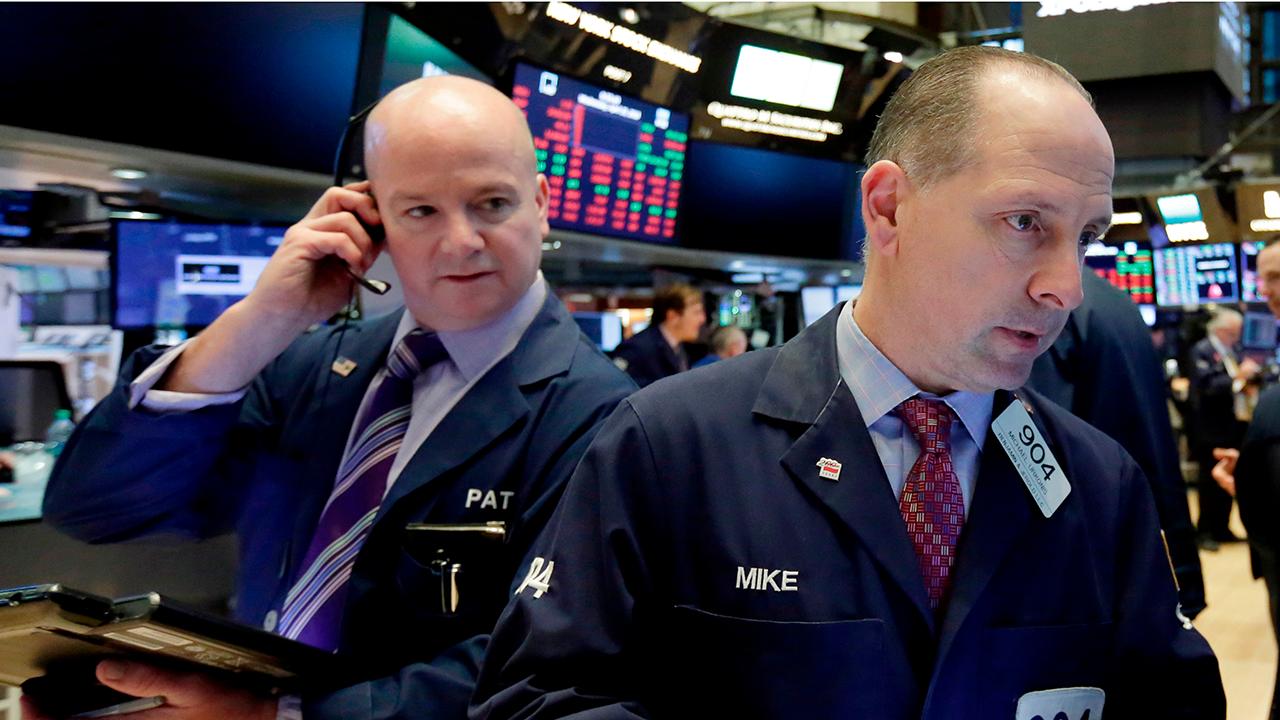Rising Treasury yields: this is when they will stop the equity market’s bull run
Higher Treasury yields don’t pose an immediate threat to equities, but there is a point when they will, analysts at Goldman Sachs wrote in a research note.
The yield on the 10-year U.S. Treasury note surged to 3.11% last week. Earlier in the year, a spike in Treasury yields resulted in a stock market selloff, but overall, while Treasury yields have been climbing, the S&P 500 has registered positive returns. Equities are up 1.7% year-to-date, despite a 71 basis point year-to-date increase in Treasury notes.
But, even with rates continuing to creep higher, Goldman Sachs doesn’t believe the bull market is over, at least for now.
Goldman Sachs Economics expects 10-year U.S. Treasury yields will rise gradually to 3.25% by the end of 2018 and 3.60% by the end of 2019. As long as economic growth expectations remain positive, they don’t think this rise in yields will dent the equity market rally. Goldman’s analysis suggests equity valuations would contract if rates approach 4%, absent any change in growth expectations.
THE ACTUAL IMPACT
According to Goldman, the actual impact of interest rate changes on equity prices depends on the reason interest rates are rising. If interest rates rise in anticipation of faster economic activity, this could lift growth expectations and could actually be positive for equities. Of note, first-quarter earnings commentary reveals that the executives are confident that the economy will remain strong.
If rates rise predominantly due to higher inflation expectations, the ability of companies to pass on higher inflation to customers will determine whether growth expectations also increase.
The pace of yield increases, not just the magnitude, is also an important determinant of equity performance. Goldman notes that equity returns have typically been flat when 10-year yields have risen more than one standard deviation in a month (roughly equivalent to 20 bp in today’s terms) and negative when yields have risen by more than two standard deviations (40 bp in today’s terms).
Of note, yields rose by 32 bp in January and shortly after the S&P 500 experienced its first 10% correction in two years. However, 10-year yields have risen by 20 bp during the past month and the S&P 500 is actually higher over the same period.
Looking forward, Goldman’s economists forecast a gradual increase in interest rates and a flattening yield curve. The bank forecasts strong earnings and dividend growth will help the S&P 500 rise by 5% to their year-end target of 2850, assuming no change in valuation with exceptional first-quarter results giving investors reason for optimism.




















